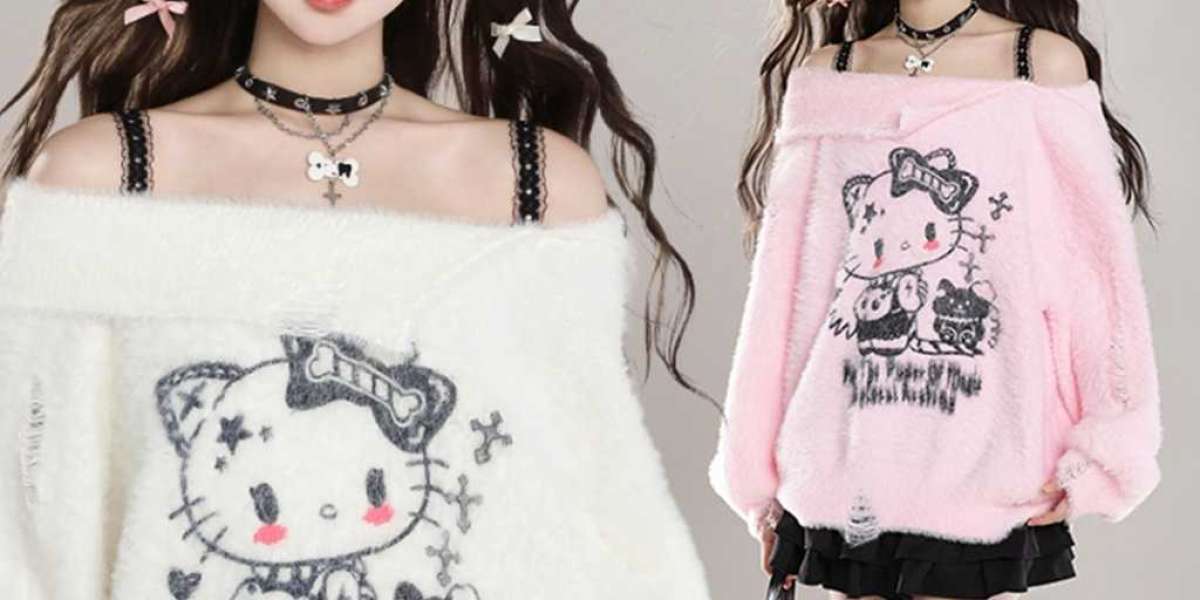Introduction
Kawaii, which interprets to "cute" or "adorable" in Japanese, is a cultural phenomenon that has gained international popularity in recent times. One of the most outstanding expressions of kawaii tradition is through trend, where individuals incorporate cute and whimsical elements into their outfits. These kawaii outfits usually characteristic pastel colors, oversized accessories, and playful patterns, creating a glance that is each charming and endearing. In this text, we'll discover the science behind kawaii outfits, examining the psychological, social, and cultural factors that contribute to their appeal.
Psychological Factors
The popularity of kawaii outfits could be attributed to their capability to evoke optimistic feelings in people. Analysis has proven that publicity to cute stimuli, corresponding to child animals or cartoon characters, can trigger feelings of happiness, joy, and affection. This phenomenon, recognized as the "cuteness response," is believed to be a natural reaction that developed to advertise caregiving conduct and social bonding.
When people put on kawaii outfits, they not solely expertise the cuteness response themselves but also elicit constructive reactions from others. This will result in elevated feelings of vanity, confidence, and social connection. In a examine carried out by Hiroshi Nittono et al. (2012), participants who considered photos of cute animals performed higher on duties that required centered consideration and nice motor abilities compared to those that viewed images of impartial or much less cute animals. These findings recommend that exposure to cute stimuli can enhance cognitive functioning and performance.
Social Factors
Along with their psychological benefits, kawaii outfits also play a big position in social interactions. In Japanese culture, kawaii aesthetics are closely related to notions of innocence, purity, and childlike charm. In consequence, individuals who put on kawaii outfits are often perceived as approachable, pleasant, and non-threatening. This can facilitate optimistic social interactions and create a way of camaraderie among like-minded people.
Furthermore, kawaii outfits can serve as a form of self-expression and id building. By choosing to wear clothing and equipment that replicate their private tastes and interests, individuals can talk facets of their persona and values to others. This can help foster a sense of belonging and group amongst people who share similar aesthetic preferences.
Cultural Elements
The recognition of kawaii outfits extends beyond Japan and has influenced style trends around the world. In recent years, kawaii aesthetics have been embraced by standard culture, with manufacturers like Howdy Kitty, Sanrio, and Disney producing merchandise that features cute and colorful designs. This has contributed to the mainstream attraction of kawaii trend, making it accessible to a worldwide viewers.
One in every of the key elements of kawaii outfits is the concept of "cute coordination," where individuals mix completely different items of clothes and equipment to create a cohesive and harmonious look. This fashion of dressing includes mixing and matching colors, patterns, and textures to realize a playful and whimsical aesthetic. Kawaii Outfit coordination allows people to specific their creativity and individuality by vogue, while also adhering to the rules of cuteness and charm.
Conclusion
In conclusion, kawaii outfits symbolize a unique blend of psychological, social, and cultural elements that contribute to their widespread enchantment. By invoking positive emotions, facilitating social interactions, and serving as a form of self-expression, kawaii trend has develop into a powerful cultural phenomenon that transcends borders and boundaries. As the popularity of kawaii outfits continues to develop, it is very important further examine the underlying mechanisms that drive their enchantment and impact on individuals' properly-being and social relationships. By understanding the science behind kawaii style, we are able to gain beneficial insights into the position of aesthetics and design in shaping our perceptions and experiences.



